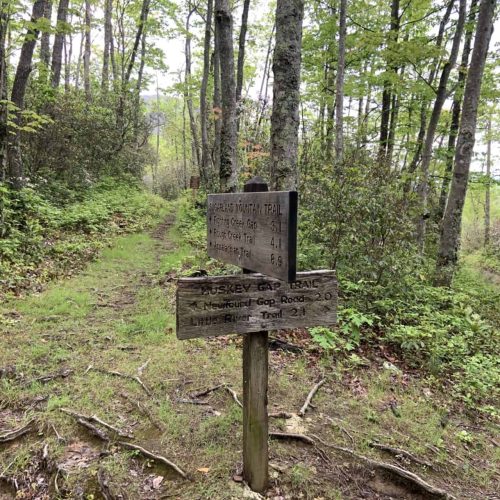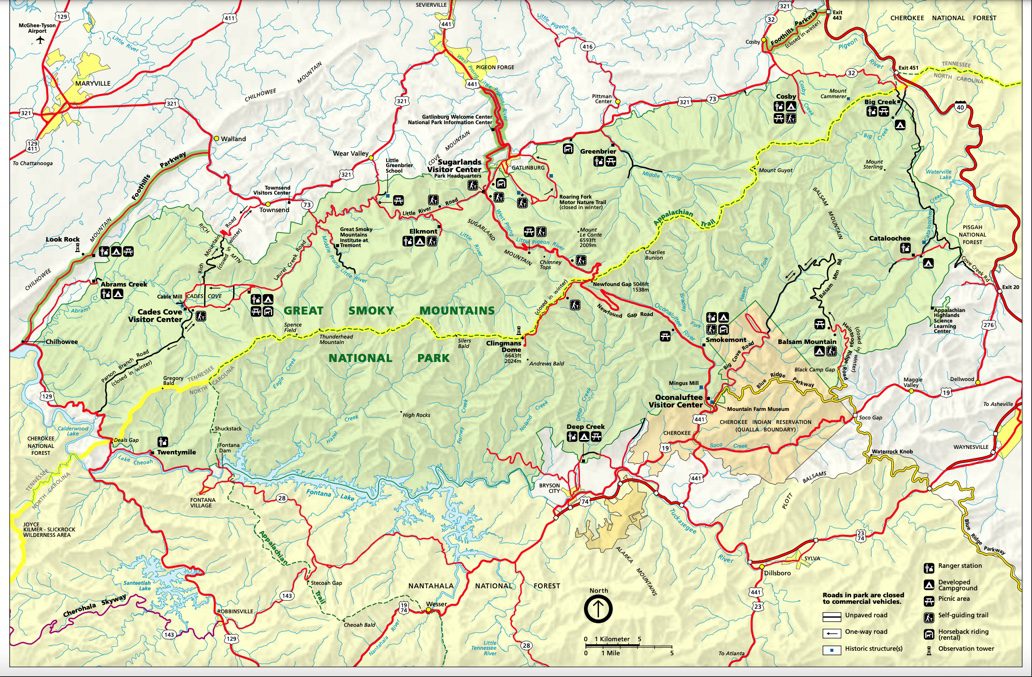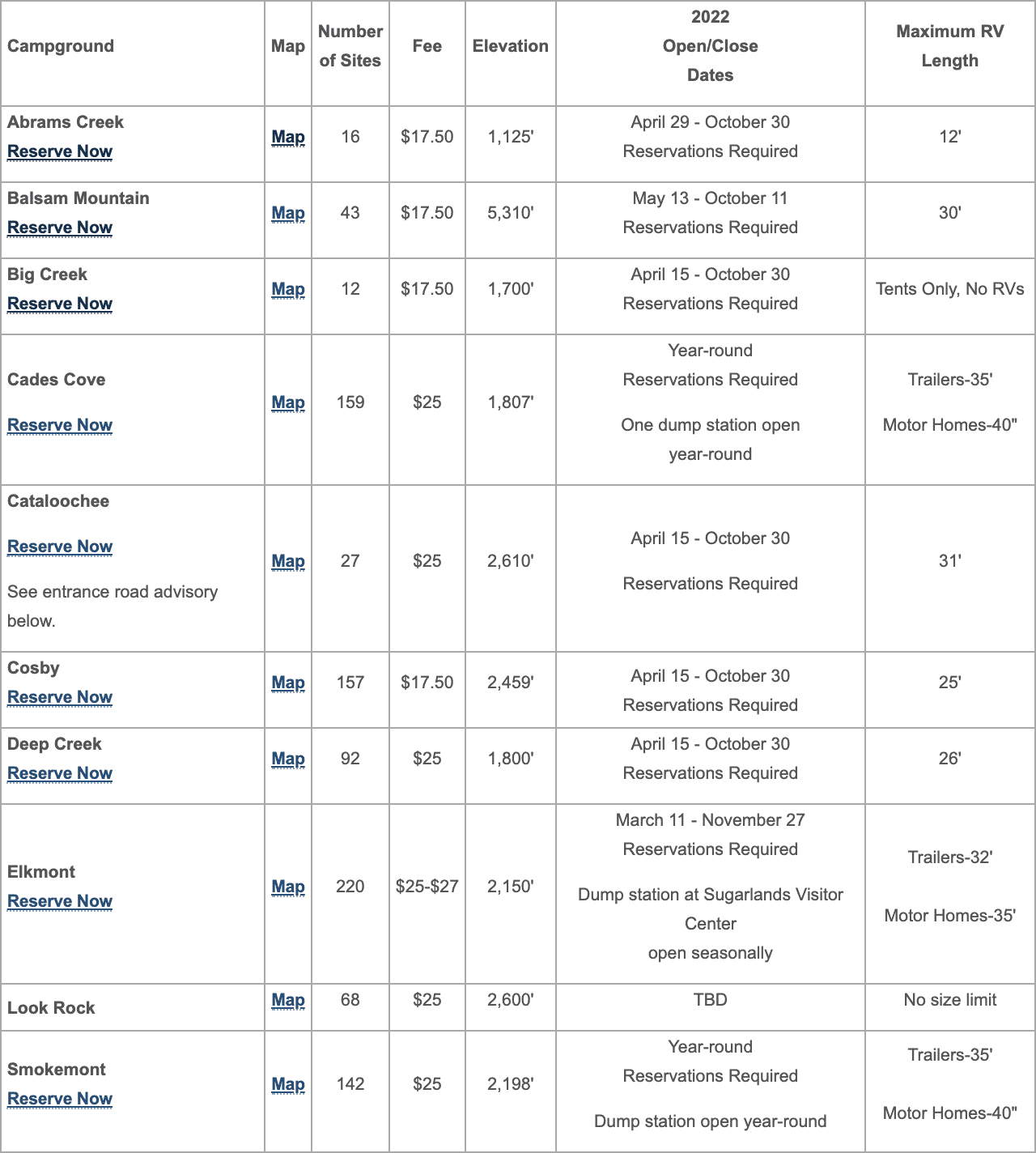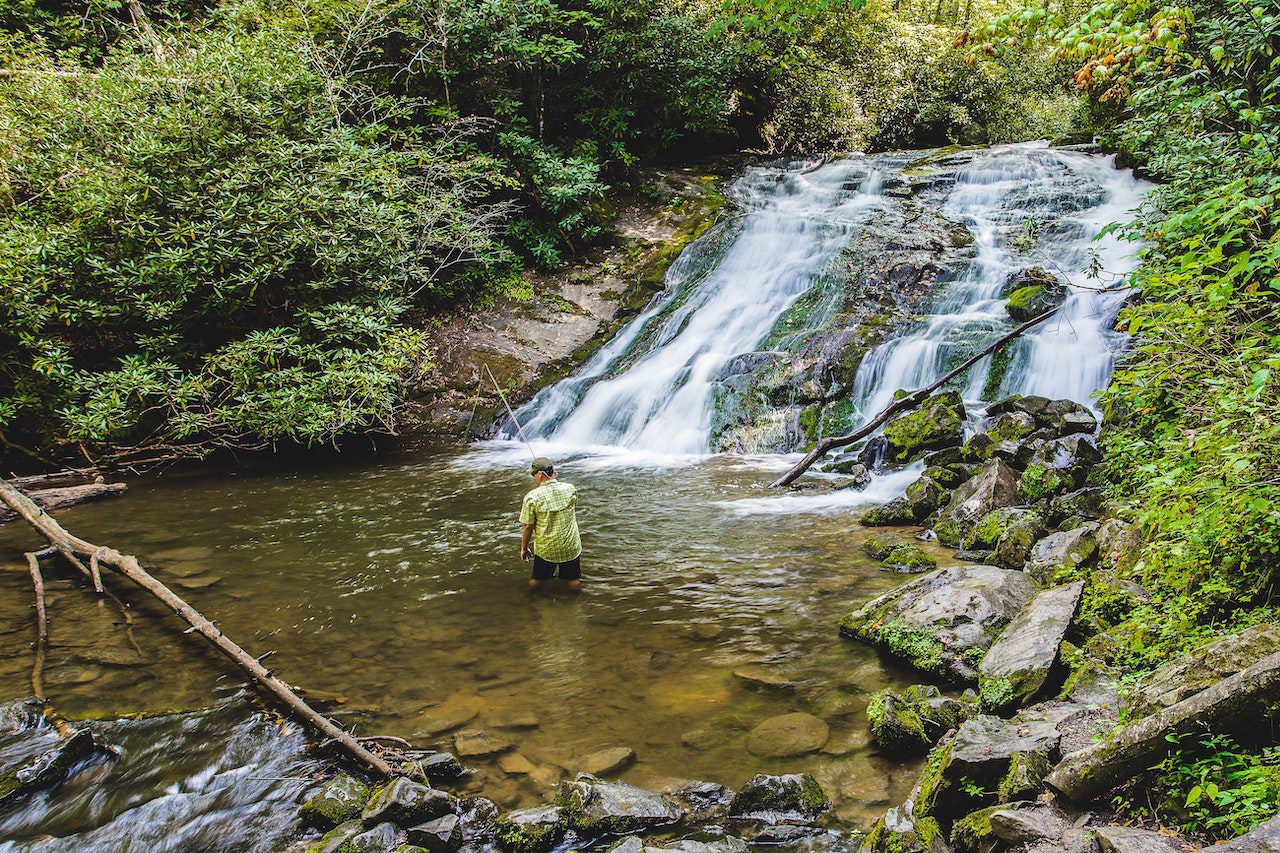The Great Smoky Mountains National Park Guide
Gatlinburg, Tennessee
Quick Links
About Great Smoky Mountains National Park (GSMNP):
Nestled in between North Carolina and Tennessee, the Great Smoky Mountain National Park is the most visited in the United States. Not only is it the most popular, but it is also considered one of the most biodiverse parks in the national park system.
The park’s origins start back with the Cherokee Indians, who regarded the area as a sacred region naming it Shaconage or “place of blue smoke” named after the fog that arises from the park’s flora. When Euro-Americans came in contact with the Cherokee in the 1700s, they soon regarded the region as the Smoky Mountains, then eventually the word Great made it in there because it’s pretty great!
Nowadays, it is home to over 800 miles of trails, a beautiful array of wildlife, and the incredible Appalachian mountain range. These fantastic features make Great Smoky Mountains National Park a must-see whether you are a family looking to get away for a long weekend or a seasoned thru-hiker in search of your next adventure!
Disclosure: Bear in mind that some of the links on this page are affiliate links and if you go through them to make a purchase I will earn a commission. Using these links does not affect the cost of the product but it does help our small business continue to run and provide quality content.
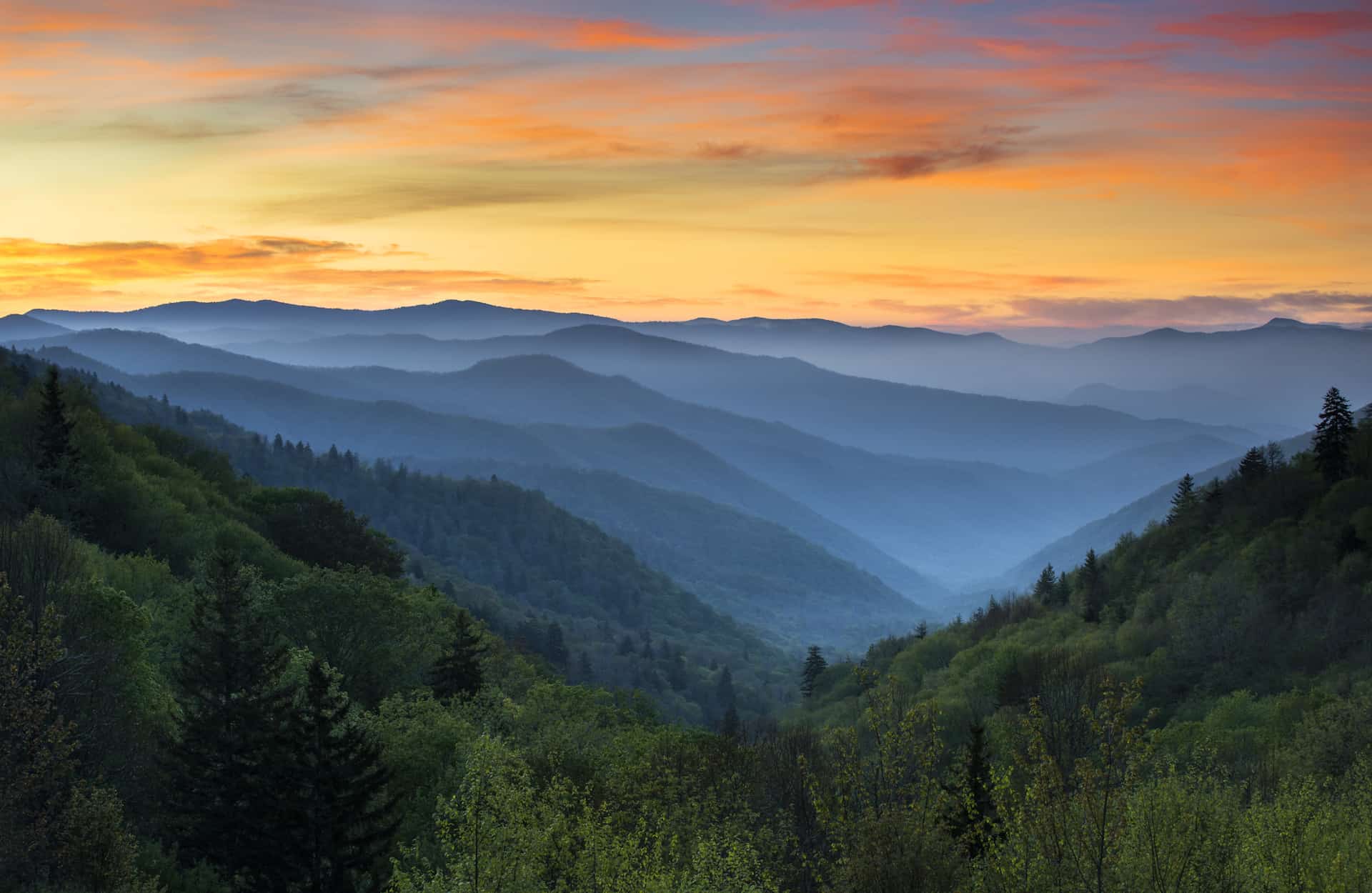
Best Time To Visit Great Smoky Mountain National Park:
The Smoky Mountains are open year-round, but the question is, when is the best time to visit the park to get the best hiking experience. It would be best if you planned to visit the park anywhere from late May to early September for your best chance of having good weather. Anything outside of this range runs the risk of encountering hiking in the rain/snow season. I also would keep in mind that as you come to the outer part of this range, you can have some more fluctuations with the temperature, so it’s a must that you have the right gear.
Hiking/Camping In Great Smoky Mountain National Park:
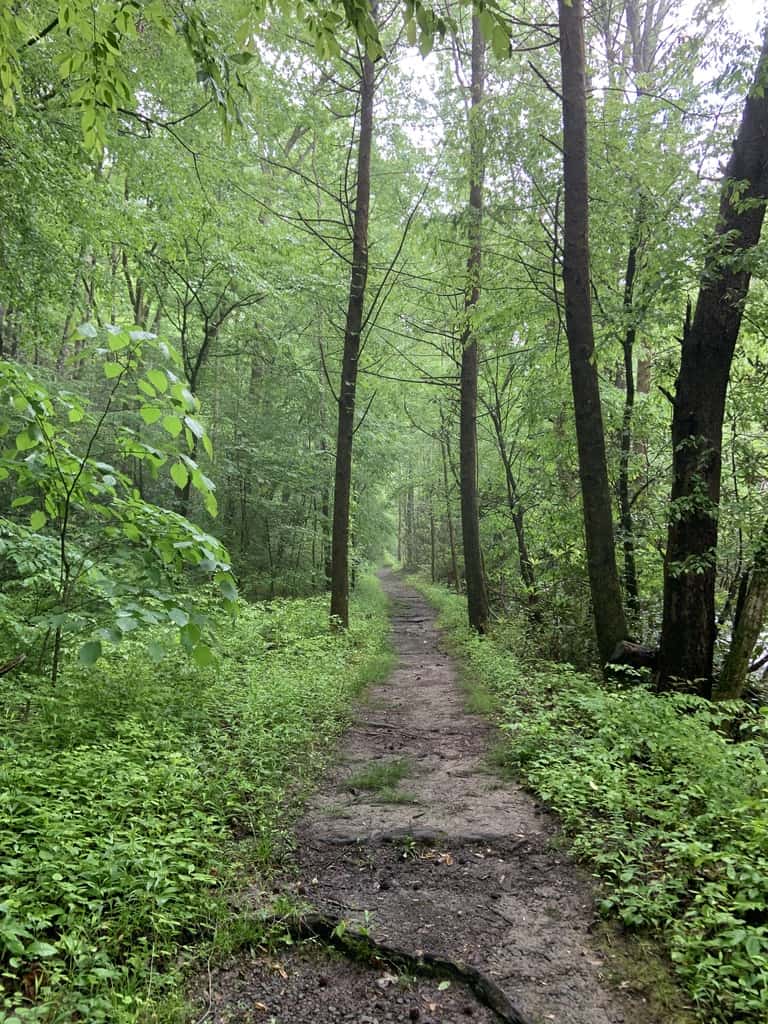
With the hundreds of miles of trails and rolling mountains of the Appalachian range, the Great Smoky Mountains are home to some spectacular views. Popular destinations that you can hike to within the park include Mt. LeConte, Clingmans Dome, Alum Cave Bluffs, and Charlies Bunion!
There are several different camping options throughout the park with many designated campsites and shelters in both the front and backcountry. With all of these campground and trail options, the park is an excellent destination whether you are looking for your next backpacking trip or just to car camp and do some day hikes.
You can make front-country and backcountry campground reservations at the national park website.
Campgrounds In Great Smoky Mountain National Park:
Ten different front-country campgrounds are dispersed throughout Great Smoky Mountain National Park. The campgrounds and locations are depicted in the NPS map above. Be sure to book your campsites ahead of time as all front-country campgrounds require a reservation.
All campgrounds in Great Smoky Mountain National Park provide:
- A Picnic table
- A Fire ring
- Potable water
- Flushable toilets
- bearproof dumpsters
For more information on front-country campgrounds you can read through this chart from the Great Smoky Mountain National Park website:
Other Activities To Do In Great Smoky Mountain National Park:
If hiking or camping isn’t your thing not to worry because there are several other activities available to do in Great Smoky Mountain National Park including:
Autotouring:
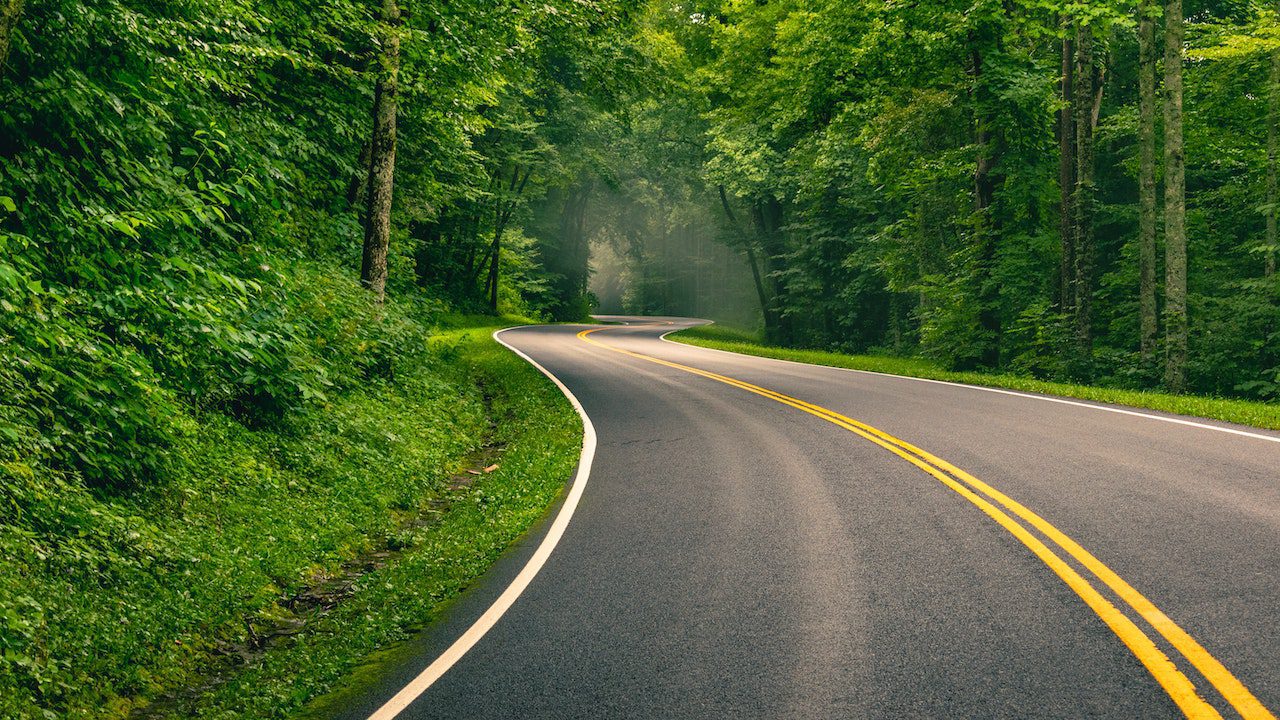
One of the unique qualities of Great Smoky Mountain National Park is that it has several major roads passing through the national park making it an excellent location to enjoy some of the beautiful views of the park from your car. Some of the major roads worth driving on include:
- Cades Cove Loop Road
- Cataloochee Valley
- Newfound Gap Road
- Roaring Fork Motor Nature Trail
- Upper Tremont Road
Fishing In Great Smoky Mountain National Park:
GSMNP is home to 2,900 miles of streams and is open to anglers for fishing year-round, making it an excellent activity when visiting the park. Be sure to have a valid Tennessee or North Carolina fishing license depending on where in the park you plan on fishing. Whether you are an experienced fisherman or new to the sport, make sure you read throughout the fishing rules and regulations of the park before hitting the waters.
For those who are new to fishing but want to give the sport a try, check out this neat guided fishing tour on Tripadvisor.
Wildlife In Great Smoky Mountain National Park:
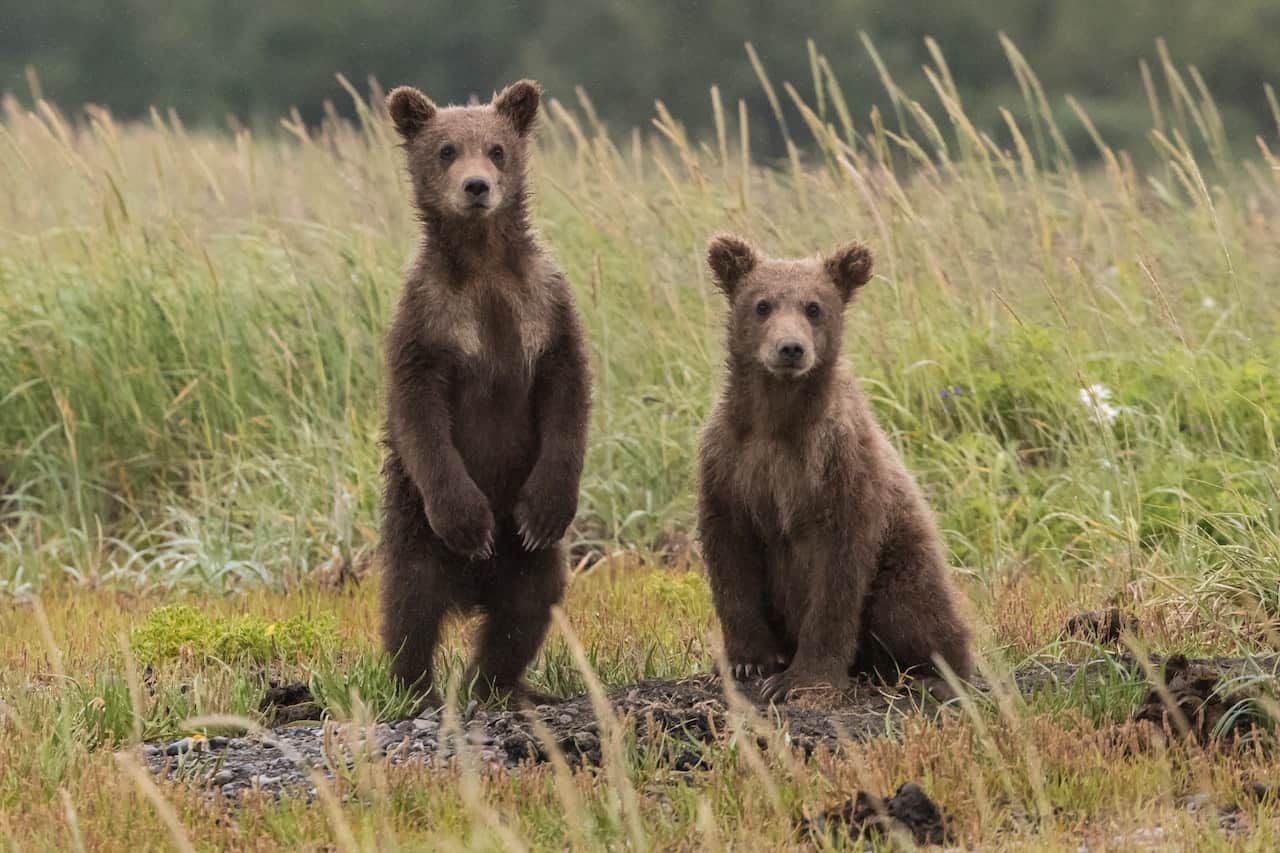
Within its tens of thousands of acres of land, Great Smoky Mountian National Park is home to many different species of mammals, birds, reptiles, amphibians, and fish. To name a few, there is the red fox, elk, white-tailed deer, copperhead snake but perhaps none is more known or iconic than the black bear. With the densest concentration of black bears east of the Mississippi River, you may be lucky enough to get a chance to see one of these beautiful creatures on your visit! Be sure you know how to store your food if you plan on camping or backpacking in the park.
Great Smoky Mountain National Park Entrance Fee:
It is free!
Yes, you read that correctly. There are no entrance fees to enter Great Smoky Mountain National Park. Although you would have to pay fees for backcountry and front-country camping, it is entirely free to enter the park and hike!
Can You Bring A Dog To Great Smoky Mountain National Park?

- Dogs are permitted in all front-country campgrounds and paved roads but must be leashed at all times.
- Dogs are only permitted on Gatlinburg and Ocanaluftee River Trails.
Book Your Stay Near Great Smoky Mountain National Park:
If backpacking or camping is not the way you want to be spending your vacation at Great Smoky Mountain National Park, no worries there are a ton of lodging options available to you. Follow the below links to start booking your Great Smoky Mountain Adventure.



